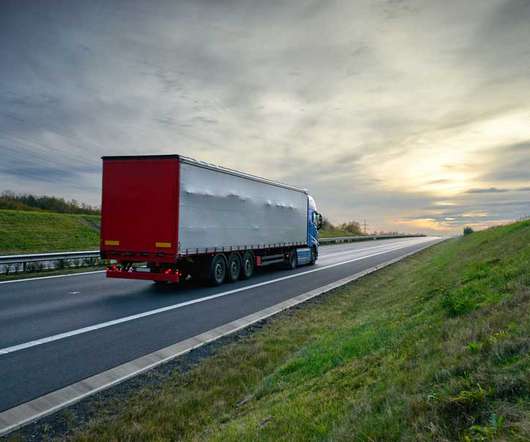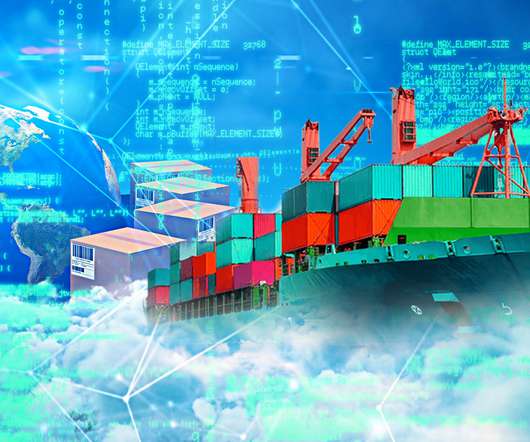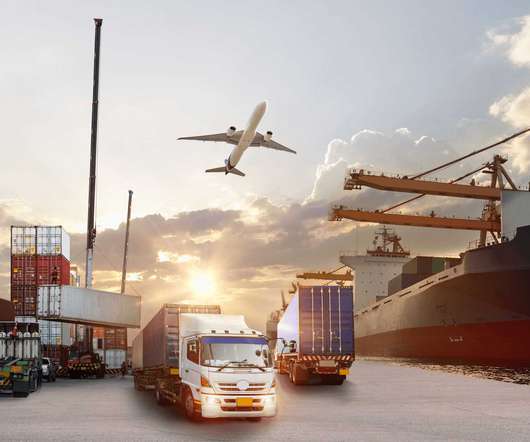RFID: The Key to Improving Visibility
20Cube Logistics
JANUARY 28, 2020
Technology is fast evolving and so is its adoption by vast industries like supply chain where it is been used more creatively and expansively. In a warehouse. Use of RFID is most effective in warehouses and distribution centres (DCs) by improving efficiency and productivity. . RFID for container tracking.
















Let's personalize your content